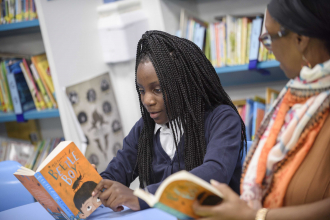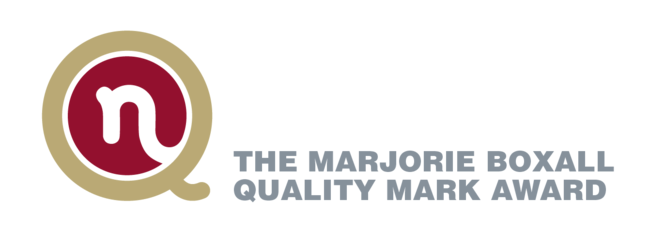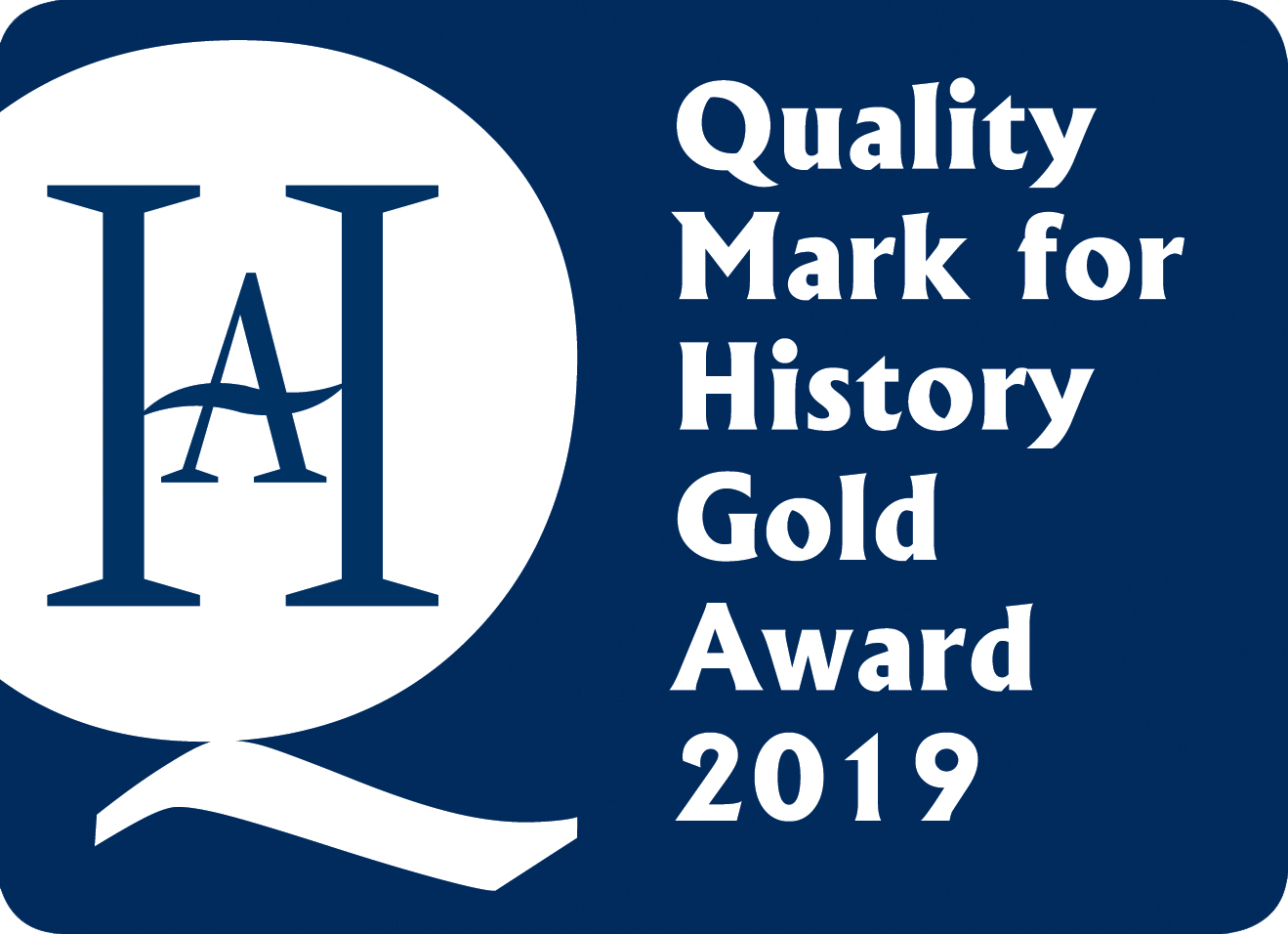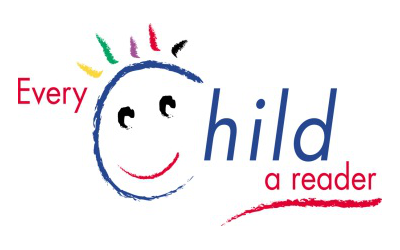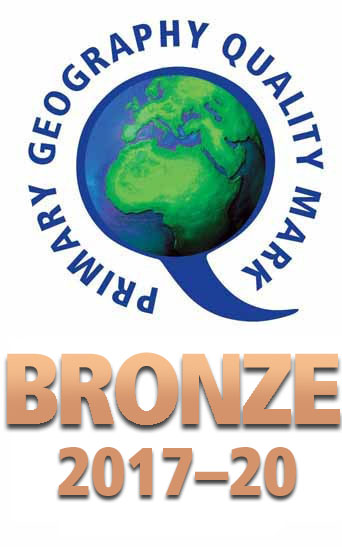Reading in Reception:
In our Reception classes, alongside the Little Wandle SSP programme of systematic synthetic phonics, we aim to foster a love of reading from the very start. We introduce our children to guided reading in the form of ‘cosy club’. ‘Cosy club’ is a group reading scheme which is carefully matched to the pupil’s phonic reading ability, one new sound at a time and follows the Little Wandle SSP programme. As well as developing pupil’s use of phonics as the main route into reading, the teaching teams focus on fluency and phrasing. They also look for opportunities to deepen ‘book talk’ and to develop the pupil’s spoken vocabulary.
The classrooms have a well-stocked and inviting book corner but books are available in other areas of the class and outside area too: books to ‘read’ to the babies in the home corner; books about engineering, bridges and buildings in the construction area; information books about mini-beasts in the discovery area; books about ships and boats in the water area and books about art in the creative area. They are an integral part of the setting and reading is an integral part of the environment. When new topics arise, groups are taken to the hub to get information books. We provide pupils with reasons to read and the adults support pupils to read using a variety of different strategies:
-picture clues
-reading stories to pupils
-modelling reading skills e.g. tracking from left to right
-labelling resources
-scribing for pupils and reading back their work
-supporting pupils with phonics and structured phonic work
-teaching sight vocabulary (tricky words)
All pupils are provided with a book bag and take home a story book, a phonics book and a reading book.
Reading in year 1
In year 1, similarly to reception, all pupils continue to have an opportunity to read with an adult at least 3 times a week (with phonetically matched books) in ‘cosy club’.
As well as the teaching of phonics and fluency, there is also a focus on comprehension and reading for enjoyment. Each year group has a carefully selected set of books which are read across the year. They show a range of characters and genres and, where possible, reflect the diversity of the pupils and families at our school.
Later on in the year (in addition to reading with their class teacher and/or LSA), pupils complete reading activities to further develop word recognition and comprehension skills.
These may be:
-Comprehension: reading a section of a text independently and answering questions about it.
-Reading Enrichment: the pupils read books/comics/newspapers or stories/poems/play or texts they have written themselves.
-Vocabulary tasks: linked to the class text that is being read during English lessons
Moving on through years 2 to 6:
When they move into year 2, pupil’s reading lessons are linked to the core text and form part of our English lessons. The core text also provides stimulus for writing and will usually enrich the class enquiry question. This connection with the wider curriculum builds deeper knowledge and understanding, which further develops reading comprehension.
Each term teachers cover a range of different reading objectives. They plan a variety of different activities to develop pupil’s understanding of the text. Our teachers are skilled in asking highly focused questions that deepen pupil’s ideas and encourage pupils to make links between texts.
We use carefully selected, core texts as an opportunity to grow a rich spoken vocabulary. They are chosen to represent our diverse school population, and as far as possible, to inspire all children to be readers and writers.:
Reading IN KS2
In EYFS and KS1, reading comprehension is taught through story time and reading practice sessions in small groups as part of the Little Wandle phonics provision.
In KS2, reading comprehension is taught primarily through during daily reads of the class text. As the teacher reads they will carry out a ‘book talk’ with the pupils. This is a whole class discussion around what has been read. The teacher asks the pupils about what they like and dislike, what’s puzzling them and also whether they can see any links between what they’ve heard and their own experiences. This allows them to discuss their thoughts and feelings, ultimately deepening their understanding of the text. At times, the teacher may set a task linked to these discussions to gain a further insight into their understanding. The more pupils talk about a book, the deeper their understanding becomes. Comprehension may also be enhanced through visualising and drawing what has been read during the English lesson.
In addition, during English lesson times, pupils are taught to read the text like a writer. These lessons are particularly important in order for pupils to help shape their own writing. During these lessons, pupils will be given the chance to read a variety of texts linked to a specific skill or purpose e.g. suspense writing, diary entries etc. Whilst reading these texts, pupils are given the chance to gather (magpie) ideas for their own writing.
Additionally, a teacher will teach whole-class reading lessons. The first type of whole class reading lesson is a close reading lesson where pupils are taught a particular reading skill from the 8 reading strategies (developed by Tony Whatmuff): Prediction, questioning, background knowledge, visualisation, important vocabulary, noticing breakdown, repairing breakdown and summarising. These skills are key to pupils becoming ‘active readers’ and therefore good ‘comprehenders’.
Once the 8 strategies have been taught discretely, pupils are then able to explore texts and use all of the strategies together, showing their thought processes as they read, using annotations or thought bubbles around the text. They also develop their reading fluency in this session using ‘echo reading’ where their teacher reads phrases aloud to the class with the correct expression or ‘melody’ and the children as a group mimic this aloud while reading the text. This develops prosody and has been proven to deepen understanding.
The second type of lesson is a close read, based on a section or chapter of the class text. Teachers will ask pupils to use the 8 reading strategies to help them answer a series of retrieval, comprehension and inference questions.
The reading ‘diet’ at Hannah More
Across the whole school we promote reading for pleasure as a high priority. At each phase we show children that reading can be an enjoyable activity through a variety of approaches. The table below shows what we typically cover across a year.

Pupils with SEN and those who are working below their year group
Pupils with SEN or those children who are working significantly below their peers may have extra reading sessions led by the LSA. These fluency sessions typically would use the section of the text that the pupils will use in class and LSAs will use echo reading as a strategy to help build pupil’s fluency ahead of whole class teaching. During these sessions the LSA will encourage pupils to work out the meaning of any unknown vocabulary and, where appropriate, a word mat will be created for pupils to take back into class.
During reading lessons in class, reading activities will be adapted so that the pupils can complete as much of the activity as possible independently. Teachers may also use a pre-teach session to further model the task if they feel this would be beneficial. As much as possible, the task should be similar to what the other pupils are doing, but there should be scaffolds to support the pupils where appropriate.
Pupils who are working at a Greater Depth
Greater depth readers are encouraged to read more challenging books. As such, each class has their own box of ‘challenge books’. These books have been carefully selected to provide our more fluent readers with books that will stretch them. At times, the greater depth pupils will be encouraged to read around the class novel. This could be a book with a similar theme or a book by the same author. Pupils will be expected to read this second text independently and then apply what they have learned in their reading lessons. For example, in year 6 when the class reads Beetle Boy by M.G. Leonard the GD pupils read Twitch or The Highland Falcon Thief by the same author. Pupils can then compare and contrast the characters and themes and then present a comparison of the two books to the rest of the class.
Assessment
We assess children in different ways depending which key stage they are in.
Children in EYFS and year 1 are continually assessed for their ability to phonetically decode letters, sounds and words through the little Wandle’ Systematic Synthetic Phonics system. They are then summatively assessed in the year 1 phonic screening check. Those who pass this milestone move on to PM Benchmarking book bands where they move up through the bands through regular reading and assessment in class.
In year 2, while the children progress through the book bands, they also prepare for statutory assessments. We use the National SATs papers where appropriate, coupled with NFER reading comprehension tests.
In KS2, children are assessed regularly using PM Benchmarking and continue through the book bands while also being assessed three times a year using the NFER reading comprehension materials. When they reach book band 30 they are assessed as a ‘Free Reader’ Finally, in Year 6 they are assessed using past papers from previous years end of year 6 SATs. Finally, in May, they will be assessed in the national SATs tests.
Reading for Enjoyment in our ‘Hub’
Part of learning to read well is about finding your way around a good library.
We all love our ‘Hub’; a well-stocked, fully working library that is run by children! All our book stock is computerised using the ‘Junior Librarian Net’ service.
Children from year 6 have been trained as 'Junior Librarians'. We look for children who have the characteristics and skills suited to library work. However, above all this, we were looking for children who love reading a wide variety of books and want to share their enjoyment with others. Our librarians help other children find books in the library that are exciting, interesting and easy enough to read but... with a bit of a challenge thrown in.
We are, as ever, keen to involve parent’s and families in the children’s reading journey. So do drop us a line if you would like to experience reading at Hannah More for yourself. We’d love to hear about your favourite reading activities too!
Watch our video below, in English or Somali, to learn more about what we do and how you can support your child in learning to read.
Reading with Your Child ENGLISH VERSION from Adam DJ Laity on Vimeo.
Reading with Your Child SOMALI VERSION from Adam DJ Laity on Vimeo.
In the videos below Kirsty Judge explains how we support children to become confident and familiar with books, and how you can too!
Reading video 1 - Book Talk.mp4 from Bern Leckie on Vimeo.
Reading video 2 - Bridge from Talking to Reading.mp4 from Bern Leckie on Vimeo.
Reading video 3 - Meaning.mp4 from Bern Leckie on Vimeo.

